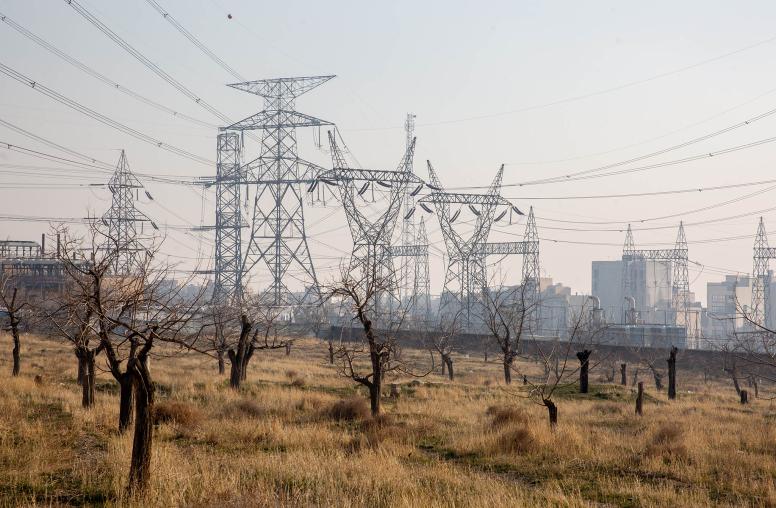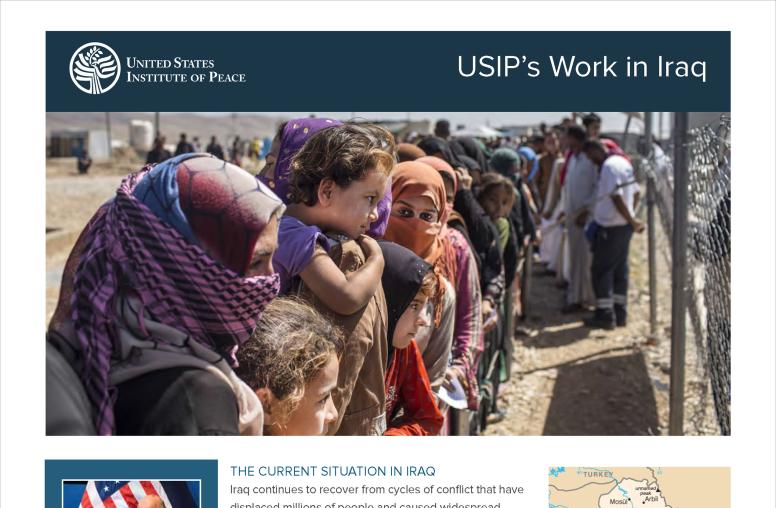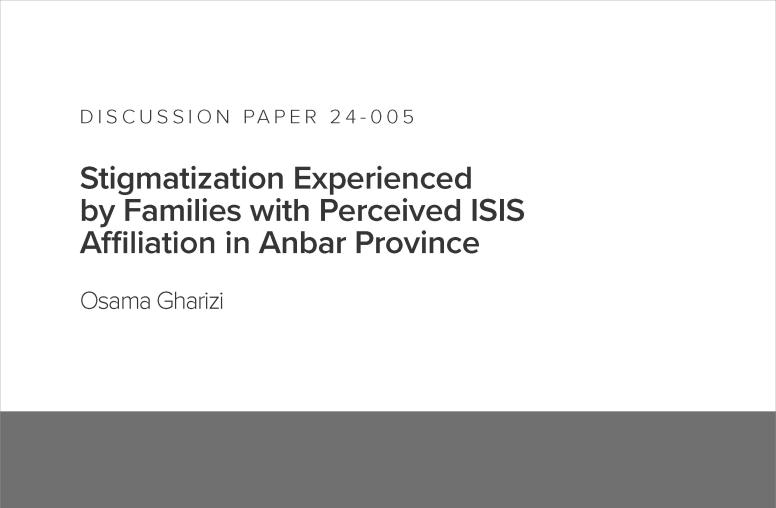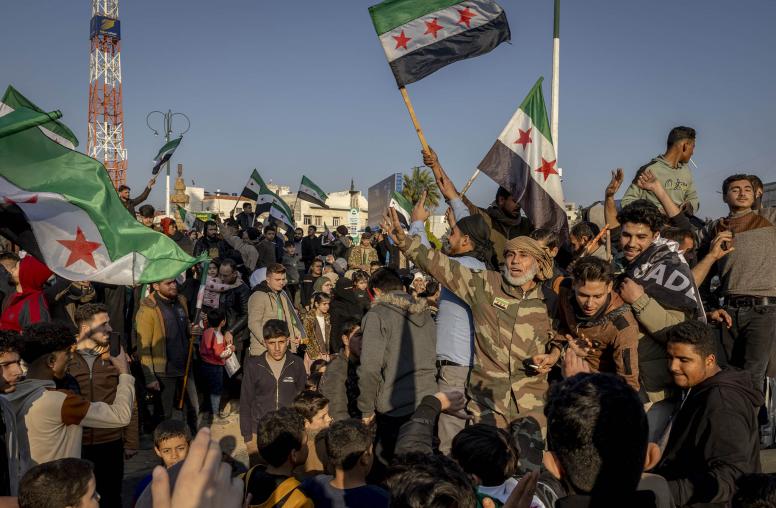This March was the 17th anniversary of the overthrow of Saddam Hussein. In the following 17 years, Iraq has continued to be wracked by conflict and instability, from the insurgency to ISIS to today’s anti-government protest movement. Needless to say, policymakers and analysts have paid much attention to Iraq during the past two decades. Yet there remains a knowledge gap, with a lack of reliable data on how everyday Iraqis perceive the possibilities for peace and stability. Understanding how Iraqis view the possibilities for peace is critical to policymakers, peacebuilding practitioners, and donor agencies working to bring stability to communities that have long been held under the grip of violence.

To address this gap—identified after over a decade of working on peacebuilding in Iraq—the U.S. Institute of Peace developed the Conflict and Stabilization Monitoring Framework (CSMF). To be sure, there are already rigorous qualitative studies that look at Iraqis’ views on governance and the U.S. presence, among other things. Yet, despite a robust field of research and analysis on Iraq, most existing scholarship, programming assessments, and media analysis is based on interactions with government officials, businesspersons, and civil society. These are people who tend to speak Western languages and have higher levels of education than average Iraqis—so they see the conflict differently than those in the communities surveyed for the CSMF.
What the CSMF adds is a grassroots perspective specifically on conflict and stabilization dynamics, including governance, security, rule of law, and livelihoods. Another important component of the CSMF is that it is longitudinal, tracking the same or similar indicators over time, to monitor progress and watch out for negative trends.
The data has been collected from residents and internally displaced persons (IDPs) across Iraq’s Nineveh province, which is home to a microcosm of the country, with Christians, Yazidis, Shabaks, Turkmen, Sunni and Shia Arabs, Kurds, and others.
These communities have undergone intense disruptions and violence—and even genocide in some cases—since ISIS’s incursion in 2014. Despite the territorial defeat of ISIS, thousands remain displaced from towns and villages across the province, unable or unwilling to return to their homes. The complex interplay of political and security factors in ISIS’s wake has also contributed to intercommunal tensions between ethnoreligious groups.
The data does have its limitations. Polling in conflict-affected areas is difficult, for example, when security conditions prevent data collection. But the data is still the best available on these issues, and it’s a basis for looking more closely at how we understand realities on the ground.
Some of the findings affirm what we’ve already learned. For example, two of Iraq’s most persecuted minorities—Christians and Yazidis—believe reconciliation is needed, but have significant doubts it is possible. Likely because after years of promises, without substantial improvements in their situation, they no longer trust that reconciliation efforts are genuine or feasible.
But other findings appear to challenge conventional wisdom and commonly held assumptions. For example, the data suggests that most minority IDPs may not actually perceive the threat of direct physical violence in their home communities as a major barrier to return. For example, in the last data collection period in May 2019, neither Yazidi IDP respondents from Sinuni nor Christian IDP respondents from Hamdaniya perceived security actors to be deliberately blocking their return. The one community for whom physical security appears to be a major barrier to return, even an existential threat, is Sunni Arabs—likely tied to other Iraqis’ perceptions that they are affiliated with or supported ISIS.
The CSMF findings can inform both policymakers and peacebuilding practitioners. For U.S. policymakers, this data can help measure the impact of policy aimed at assisting persecuted minorities in the wake of ISIS. For practitioners and donor agencies, this data has implications for how funds are directed, and how stabilization assistance could be coordinated with social cohesion and reconciliation assistance to be most effective.
If policymakers and peacebuilders are going to devise and implement efforts to build peace in these communities, they need to know how the people in them perceive the possibilities for peace—and that’s exactly what the CSMF provides.
Learn more about the CSMF and explore the data here.





